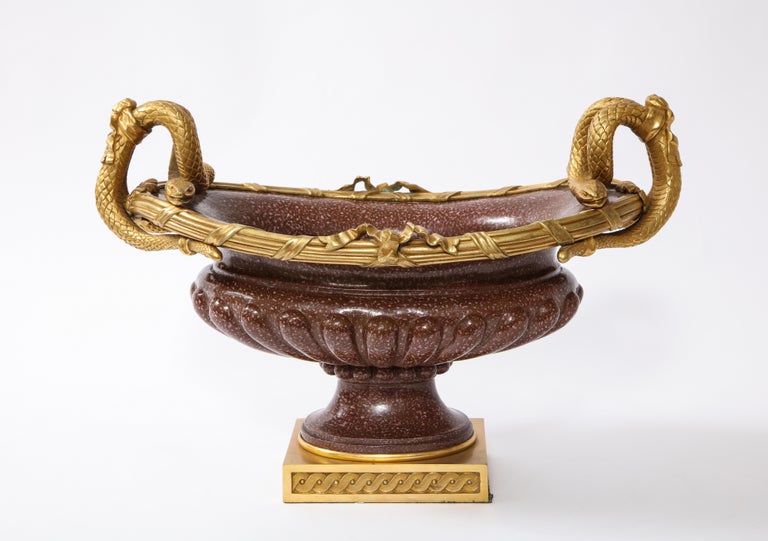
DISCUSSING
In the Shadow of the Spire – Session 43B: Kalerecent’s Cry
Porphyry House stood on one end of an open plaza in the Guildsman’s District near the Warrens facing a large, dilapidated open-air rotunda which stood along the Old Sea Road near East Street. It was an elegant, two-story structure constructed of dark purple and mauve porphyry. Minarets rose from each of the buildings’ four corners, and a central dome served as the roof. Its façade was decorated with several statues, bas-reliefs, and other carvings of handsome men and beautiful women (many of them striking a variety of lewdly suggestive poses).
Here’s a fun fact: For a very long time I thought porphyry was some kind of incense or spice. Perhaps something similar to frankincense or ambergris. (Although ambergris was also something that I misapprehended, assuming it be far more akin to amber than its etymology would, in my opinion, suggest.) The trick was that I had only encountered “porphyry” in print, usually as part of a pulp story where it would be tucked into a list of treasures or opulent extravagances.
(Along similar lines, it wouldn’t surprise me to learn that many “serpentine statues” became significantly more orphidic in my mind’s eye than an author had intended.)
In reality, of course, porphyry is actually a beautiful, purple-red stone.
“The Porphyry House of Horrors” is an adventure by James Jacobs which first appeared in Dungeon Magazine #95. When I first read the title and even the opening pitch, I was still belaboring under my false understanding of porphyry’s nature.
“Ah yes,” I thought. “A high-class whorehouse of porphyry. The luxurious chambers must be redolent with the rich scents of porphyry.”
Sigh.
In any case, Jacobs’ adventure quickly cured me of my misapprehension and running the adventure locked the true beauty of porphyry into my imaginative lexicon.
This is just one minor example of how D&D, and roleplaying games in general, can be so potently educational. As a text-based medium, of course, they carry all the benefits of vocabulary and knowledge that any reading does. But, as a creative medium, they also encourage research into a vast array of topics.
Even more so than that, playing RPG adventures creates “living memories” that are, in my experience, far more powerful than stuff you just read in a book. It’s not the same thing as real life, obviously, but it’s still “stickier.” Sometimes, of course, this means that you know more about Ptolus than you do western European geography, but there’s also all kinds of “real” stuff you can pick up along the way. (Like what porphyry is.)
For example, while putting together the Malta chapter of the Alexandrian Remix of Eternal Lies, I did A LOT of research into the island and its history. Running the sessions built on top of that research really locked it in.
Similarly, a bunch of the Zalozhniy Quartet campaign for Night’s Black Agents takes place in western Europe. Doing research for that and running the PCs through transnational chases through the region means I’m not nearly as shaky on western European geography as I was five years ago.
The great thing is that there’s always new stuff to learn. And RPGs are a really fun – and effective! – way of doing it.
Campaign Journal: Session 43C – Running the Campaign: Running Darkness
In the Shadow of the Spire: Index












Sounds like you confused porphyry with potpourri.
You’re paying way too much for your potpourri.
I used to get it mixed up with pyrography, the careful burning of materials to make artwork from the burn marks.
In my mind the first association is always Porfiry Petrovich, the detective from Crime and Punishment.
So you’re telling me it’s not connected to Porphyria, the rare blood condition fromwhich King George III suffered?
For me porphyry made me think of porphyrin, which is a red-brown tear like substance that is produced in a rat’s tear glands and stains the area around their eyes, most noticable in albino rats due to the colour contrast. There’s the ‘purple-red’ connection based on the Greek porphura meaning purple.